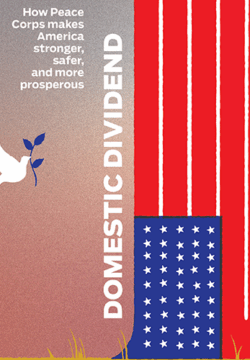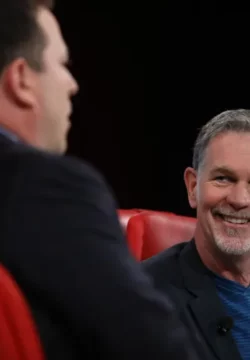WorldView Magazine: Domestic Dividend
Spring/Summer 2025 Issue
This special issue of WorldView makes the definitive case for how Peace Corps makes America stronger, safer, and more prosperous.
Return on Investment
As federal funding for international aid and cultural exchange programs continues to shrink, policymakers are increasingly asking whether these initiatives deliver tangible benefits to Americans. In 2021, National Peace Corps Association commissioned a major study to mark the Peace Corps’ 60th anniversary. The result—The Domestic Dividend of Peace Corps—was published in 2023 and stands as the most comprehensive analysis to date that demonstrates how Peace Corps service benefits communities back home.
Plains to the Pacific
Individual actions are the building blocks to continued success. As the following updates show, when our community is mobilized, we can reach every part of this country. Here are a few examples of how local and state-based advocacy can advance our cause. This not only includes NPCA’s ongoing Stand Up for Service campaign, but, critically, our annual National Days of Advocacy in Support of the Peace Corps. During this year’s event, advocacy leaders in more than 30 states carried out close to a hundred successful activities throughout March and April.
When Small Things Make Great Things Possible
In 2023, Returned Peace Corps Volunteer John Chromy (India 1963-65) selected 10 illustrative stories that demonstrate the profound impact Peace Corps has had worldwide. The result is the collection When Small Things Make Great Things Possible.
Domestic Dividend: Part III
As Dean Rusk, former U.S. Secretary of State, once said, “The Peace Corps will make its greatest contribution to foreign policy by not being a part of foreign policy.” It’s a concept the agency has had to navigate since.
The Domestic Dividend: Part II
It wasn’t until the late 1980s that Harvard political scientist Joseph Nye coined the term “soft power,” but Peace Corps fit Nye’s description: a foreign policy tool that achieves desired outcomes through attraction rather than coercion.
The Domestic Dividend: Part I
How do you measure the value of transformation? Ask almost any RPCV if their service was worth it and you get a resounding “Yes.” But ask the average American taxpayer and you may get a different answer.












